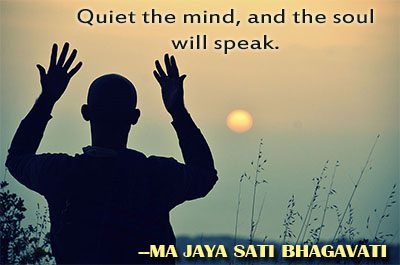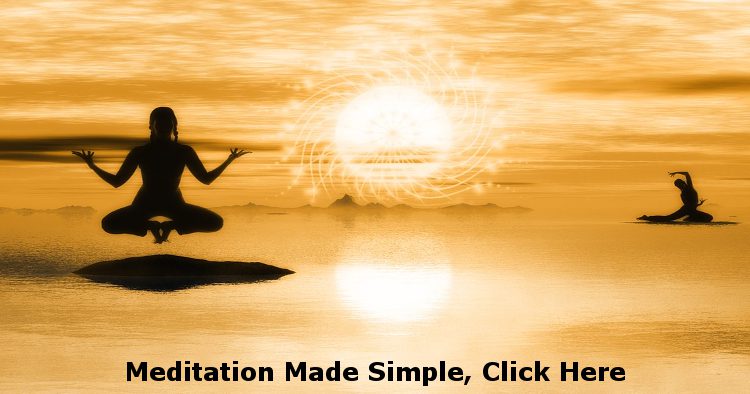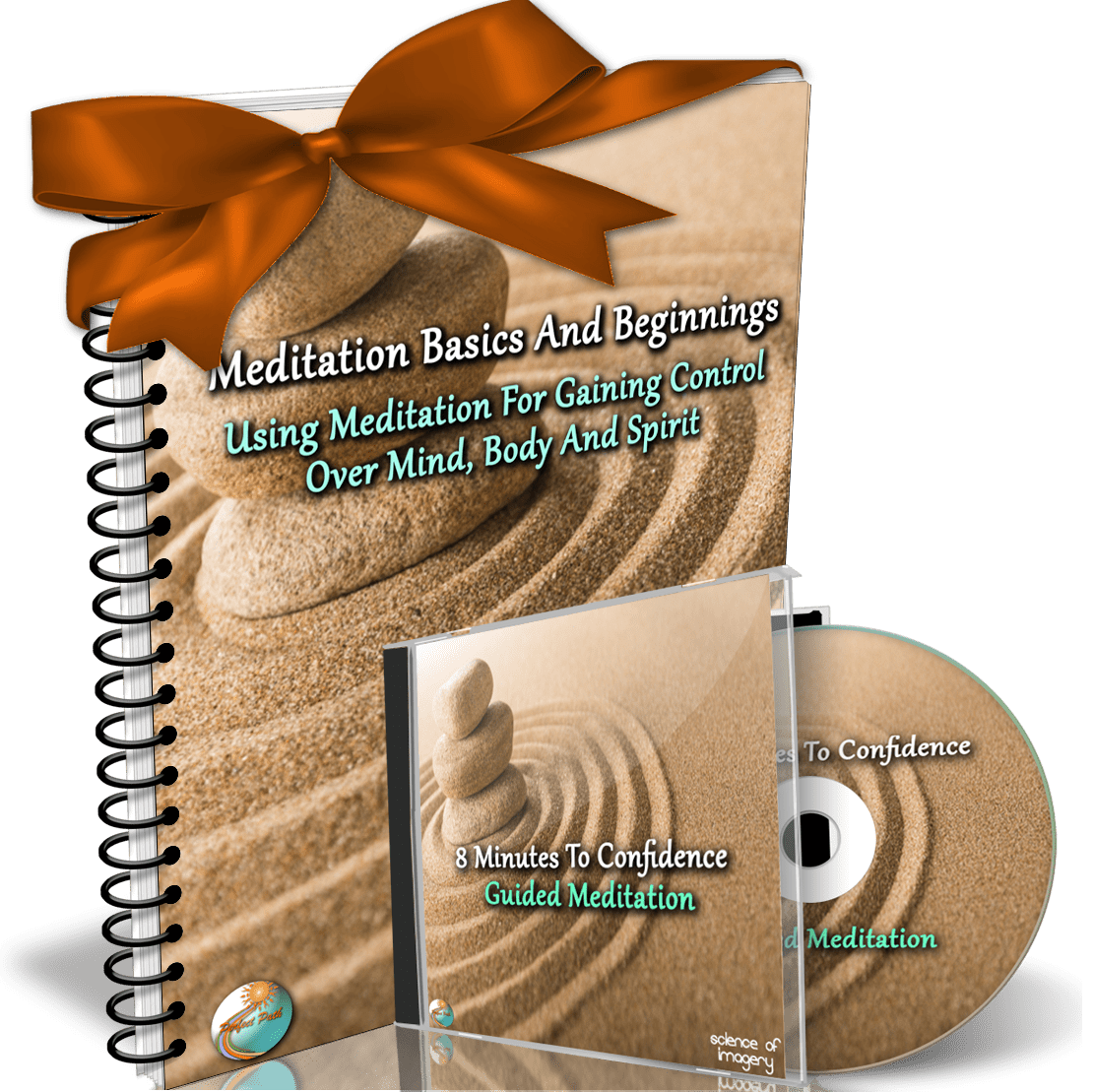Check Out These Awesome Types Of Meditation
 There seems to be an endless supply when it comes to different types of meditation.
There seems to be an endless supply when it comes to different types of meditation.
This can cause confusion for those who are trying to learn about meditation. After all, how are you supposed to know why type of meditation will work best with so many different options to choose from?
To help anyone why may currently be experiencing this problem, I thought I would find the three best types of meditation.
Check out this helpful information from self-guided.
Type 1 — Concentration Meditation Techniques
Concentration meditation techniques are the foundation for all other kinds of meditation. Through the power of concentration, we build our capacity to overcome distraction and to sustain mental focus. The power of a scattered mind is very limited.
But like a stream of water that can be channeled to make it more forceful and produce hydroelectric power, we can make the mind a more powerful instrument by developing a small seed of one-pointed mindfulness into “concentration power.”
In classical meditation texts, this one-pointedness of mind developed through the energy of concentration is called samadhi, which literally means “to establish, to make firm.”
The power of a concentrated mind can be focused effectively to enhance and deepen insight into other meditative themes or goals. To understand how this works, compare the illuminating capacity of the diffuse and scattered beam of a ten-watt incandescent lightbulb to the penetrating, diamond-like precision of a ten-watt laser beam.
Such is the difference in illuminating power of the concentrated mind to the ordinary, scattered, and fragmentary flow of attention that most of us bring to everyday living.
By learning how to bring the stream of our attention into a laser-like beam of one-pointed concentration, we can train the mind to become a highly useful instrument for penetrating into and investigating the nature of reality. A concentrated mind is also the precursor of great bliss and the prerequisite for the development of psychic abilities.

Type 2 — Mindfulness Meditation Techniques
Mindfulness meditation techniques emphasize the cultivation of a receptive, choiceless quality of mindful attention toward whatever arises in the sphere of our experience. At those times in our lives when we were rapt in wonder gazing into the depths of the night sky, listening intently, marveling at the beauty of nature, or wholeheartedly listening for the answer to our heart’s prayer, we have naturally experienced this type of meditation.
The interplay of concentration and mindfulness meditation allows us to develop the capacity to examine and intuitively understand the deep forces within our ordinary experience. The penetrating insight that develops can then be systematically applied to investigating the very subtle inter¬play between the phenomena we perceive and the nature of our own mind as the perceiver.
As we investigate our participation in the pervasive and dynamic interrelatedness of everything, we will come to sense ourselves as intimately related to and co-creative with the world of our experience.
Type 3 — Reflective Meditation Techniques
The practice of reflective or analytical meditation is like disciplined thinking: choosing a theme, question, or topic of contemplation we focus our reflection, or analysis, upon it. When our attention wanders to other thoughts, we return to our chosen topic.
Traditionally, reflective meditation is employed to gain insight into the meaning of life, death, interrelationships, and social conscience, or to come to a conclusive insight regarding some key idea in science, philosophy, or scripture. Following our analysis through, we arrive at a conclusion. This, in turn, gives rise to a strong sense of faith or conviction.
In our day-to-day life and work, reflective meditation techniques provide us with a powerful and effective tool for focusing our attention upon personal or professional questions in order to discover a creative solution or breakthrough insight. Reflective meditation also helps us to understand the issues or inner conflicts that may arise during the practice of other meditations.
Image Credit: pixabay
To see the article in its entirety, self-guided



